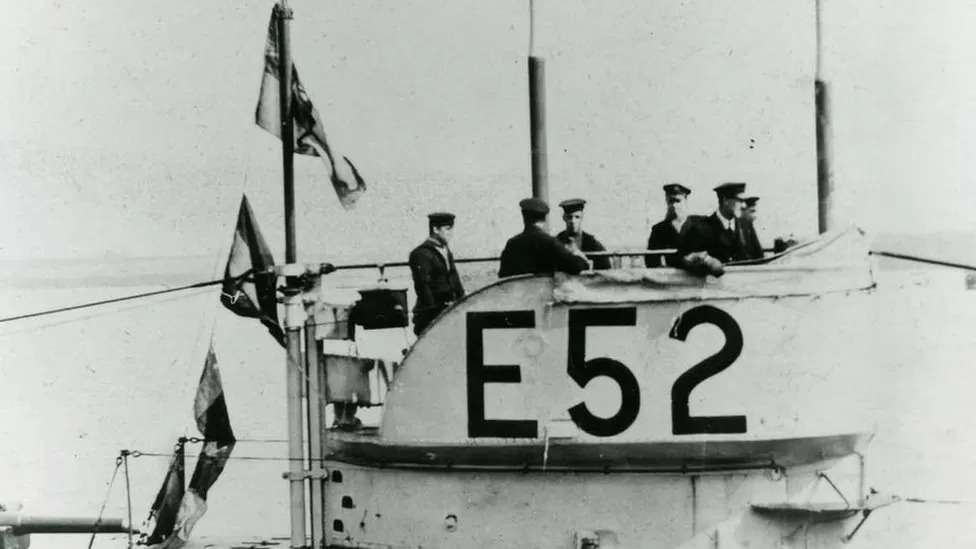A longstanding urban myth from Dartmouth, dating over 80 years, may have been authenticated by scientists who assert they’ve ‘discovered’ a Royal Navy submarine lodged beneath the city’s park.

Utilizing ground-penetrating radar to survey the location where the decommissioned vessel was rumoured to lie, a team from the University of Winchester believe they’ve cracked the case.
They’ve identified a faint outline that they suspect is the HMS E52, along with a second object – a longer and narrower German torpedo boat.
This groundbreaking revelation is credited to Dr. Simon Roffey, and Dr. David Ashby.
The two scientists were captivated by the investigations of Lieutenant Tom Kemp, who was able to identify the mystery submarine, a local tale for many years, as the HMS E52 in the previous year after sifting through numerous historical records.
Lt. Kemp, an active submariner and navigation instructor at the Britannia Royal Naval College, validated the claims that had been circulating.
Spanning nearly 20,000 square meters – or the size of about three football fields and 80 times the size of the submarine – the park presented a sizable challenge.
In collaboration with Lt. Kemp, the team honed in on a particular corner of the park, near the storage area for canoes and dinghies, believed to be the resting place of the submarine.
 HMS E52 fought in World War One. Image by The Royal Navy.
HMS E52 fought in World War One. Image by The Royal Navy.
Their radar transmitted sound pulses through the concrete and tarmac. However, the expected discernable shape of a submarine and its control tower was not visible.
Lt. Kemp states that whatever was entombed in the park eight decades ago “probably bears very little resemblance to a submarine any more”.
Despite this, the radar scans have revealed large metallic objects about a meter below the surface.
The team theorizes that the E52 likely resides in the park’s northeastern corner while a large metallic object, suspected to be a German Torpedo Boat Destroyer, S24, lies adjacent to it at approximately right angles.
The latter, similar to E52, was acquired as scrap after WW1.
The detected locations align with an aerial image of Dartmouth from the 1920s, displaying the submarine and another vessel resting on the mudflats.
Simon, a retired RN submariner who served on O-class submarines in the 1980s, commented, “The ‘submarine under the park’ is a local legend, and it could make a wonderful tourist attraction if we could identify its exact location”.
He added, “We know that there was a torpedo boat there but everyone assumed that it had been moved.
Maybe it was stuck fast in the mud and they just left it there.”
The team is now in the process of securing permission from local authorities to drill small bore holes in the park, with the hope of identifying a unique piece of equipment or metal that could be traced back to E52.